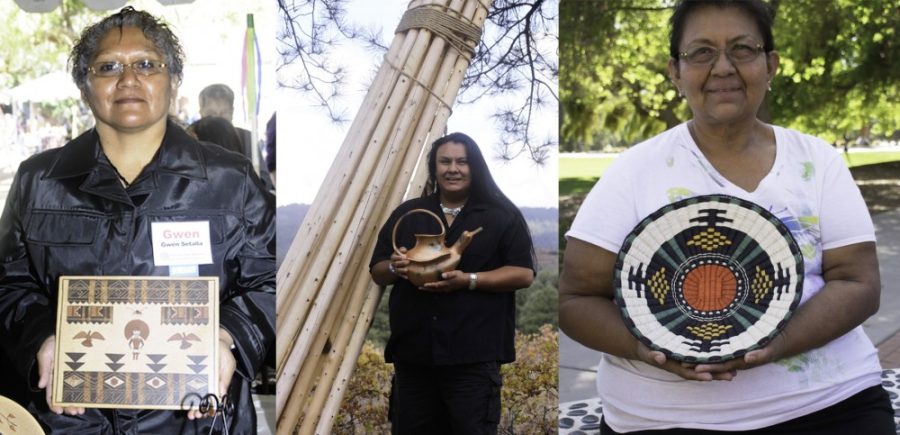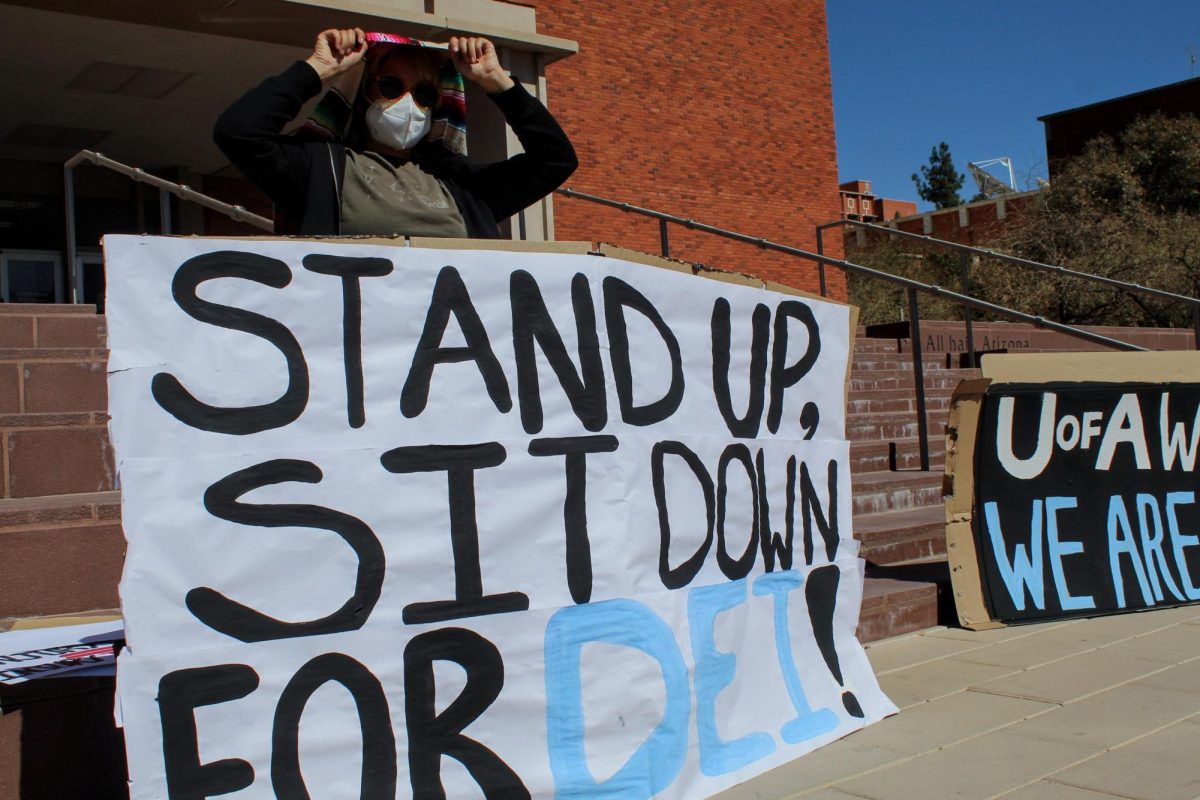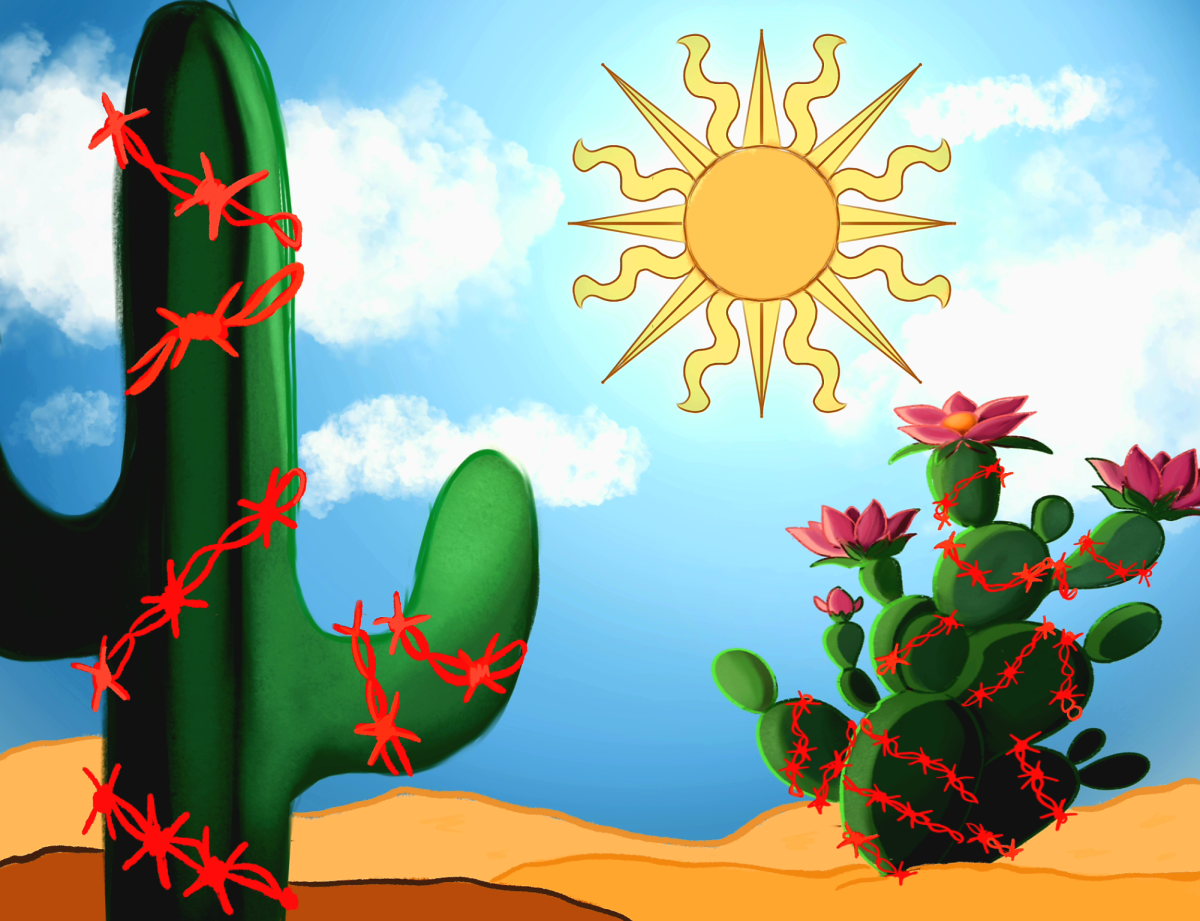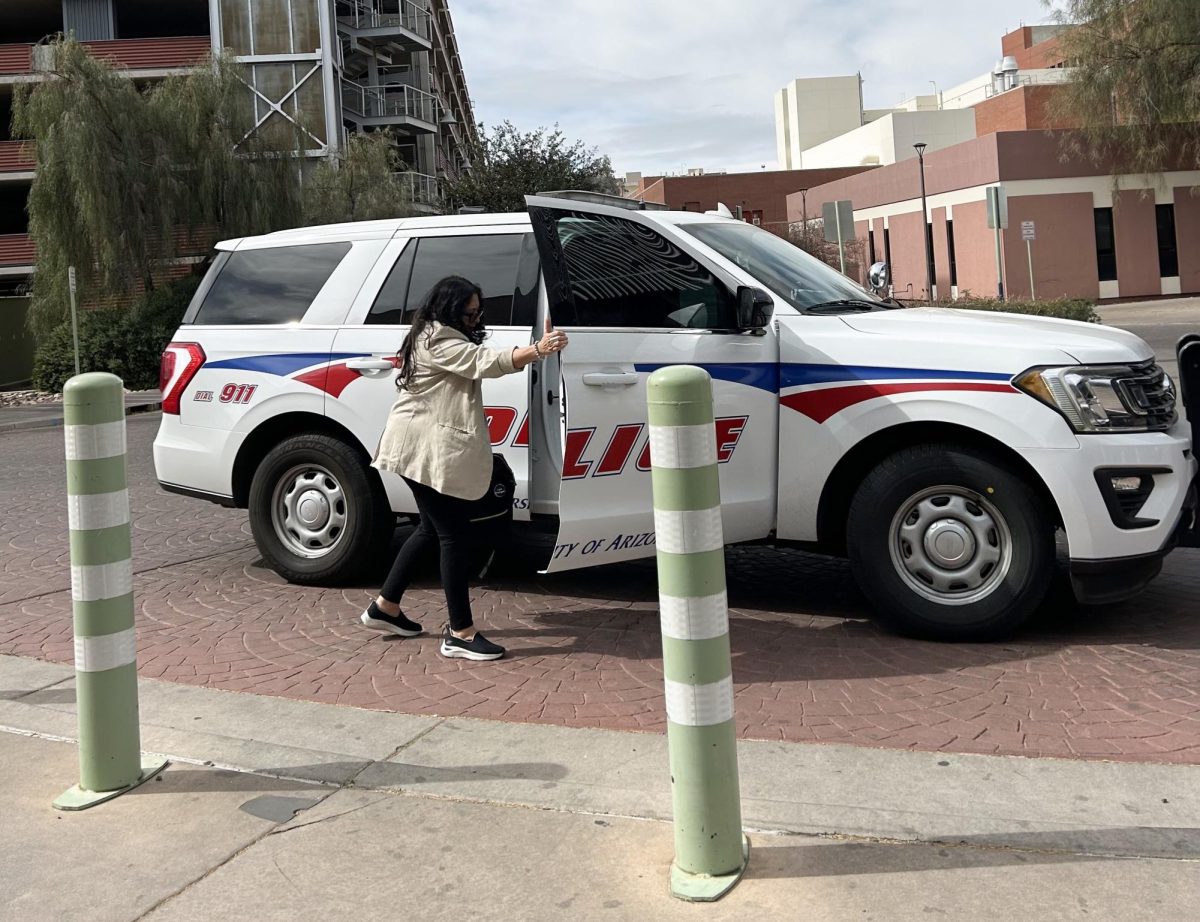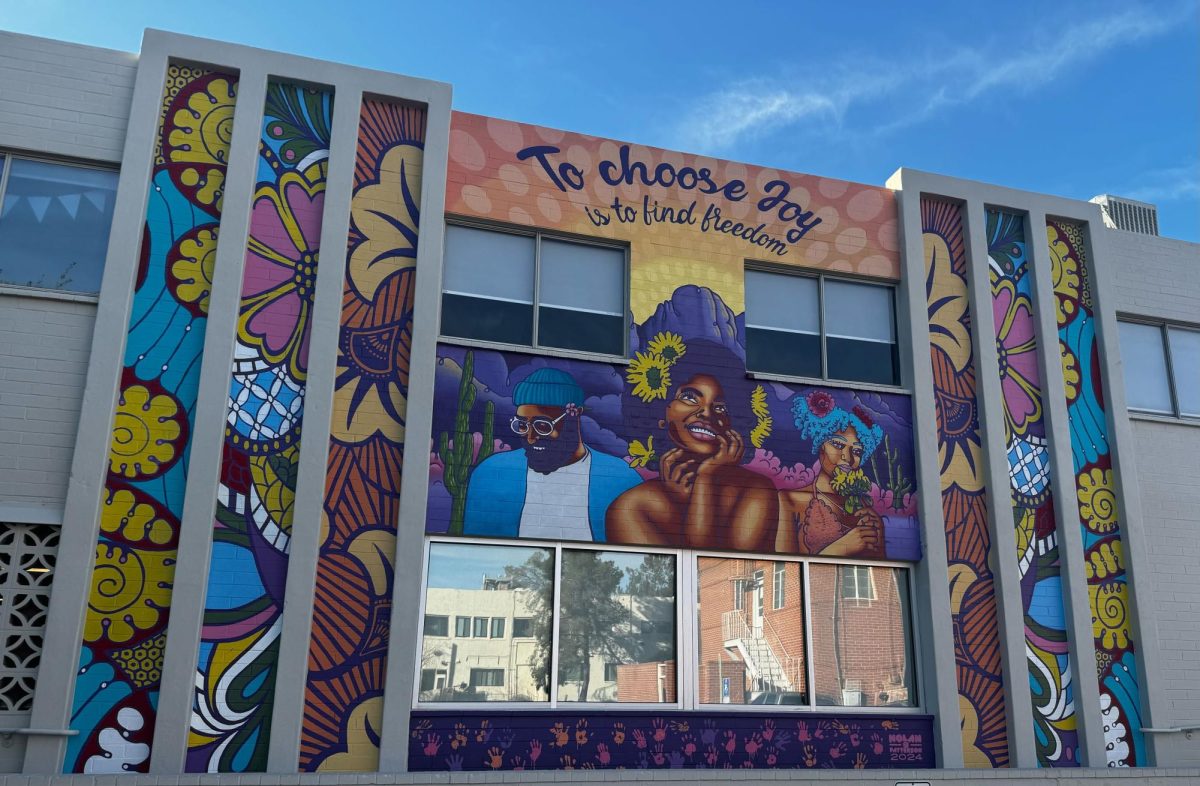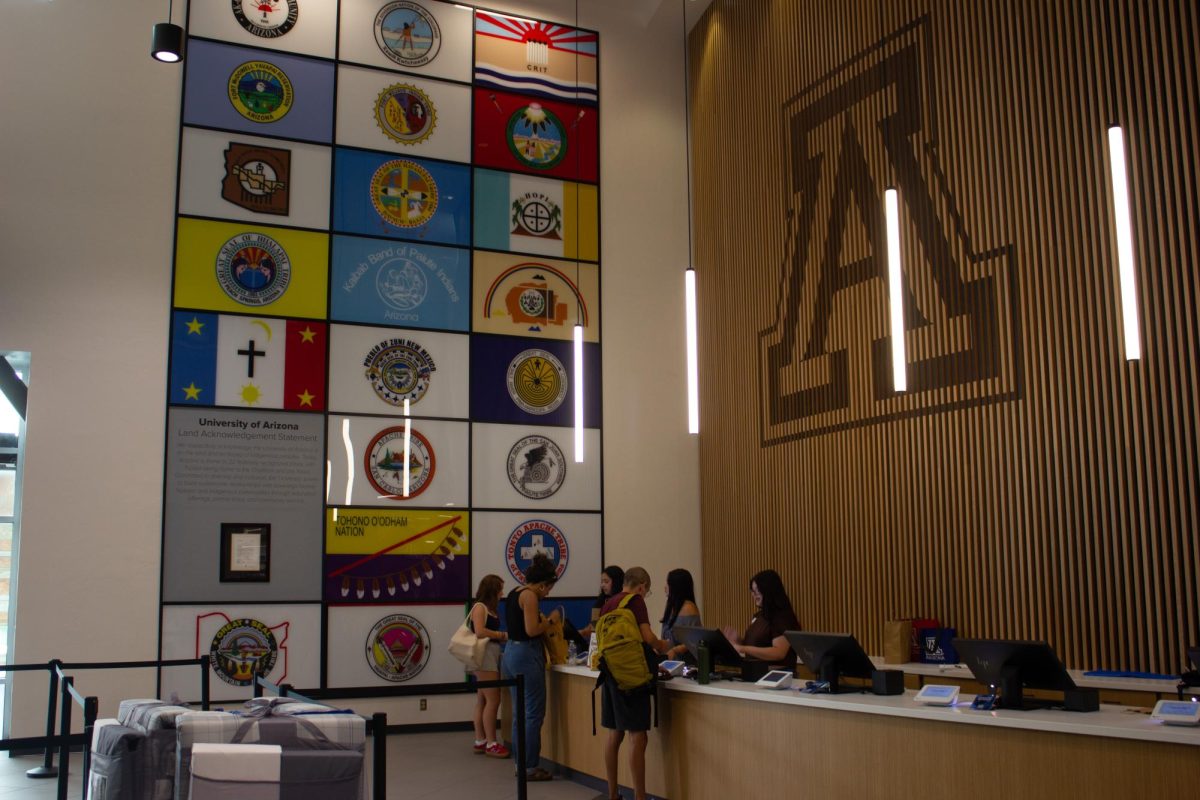The Arizona State Museum will host six Native American master artists for short residencies throughout the school year and offer a nine-month internship to six emerging Native American artists after receiving a $35,000 Art Works award from the National Endowment for the Arts.
University of Arizona students and the Tucson community can watch a different master artists’ basket weaving or pottery making process, listen to talks about their influences and create a work of art themselves once a month starting Oct. 20 at the museum.
“We are always looking for ways to enable our visitors to interact with creators and show that Native culture is vibrant and alive,” said Lisa Falk, head of community engagement at the Arizona State Museum.
In partnership with the Southwest Folklife Alliance and the Tohono O’odham Nation Cultural Center and Museum, Arizona State Museum sought out master artists that would complement their collection of over 20,000 pieces of pottery and 15,000 pieces of fiber art, nationally recognized by the National Park Service’s Save America’s Treasures program.
The grant that helped bring the series together came as part of NEA’s second funding announcement of 2017, which gave $82 million to fund local arts projects across the country.
RELATED: UA Museum of Art’s Mapping Q exhibit explores LGBTQ representation
The master artists come from across the Southwest representing three states and five First Nations.
“Anyone who is interested in Native American culture, fine arts, art history or the Southwest and its borderlands would be interested in coming and meeting these artists and interacting with them,” Falk said.
According to Heather Ingram, assistant director of education at the museum, the artists were sought out for their artistic skills but also for their desire to mentor emerging artists.
Tucson local and Tohono O’odham basket weaver Terrol Dew Johnson was among the Native master artists chosen and will be on campus interacting with the public March 9 and 10.
Johnson’s work has been shown in the Smithsonian Institution, and he served a residency at the National Museum of the American Indian, as well as co-founded the non-profit Tohono O’odham Basketry Organization.
The other Native artists in order of their residencies are pottery master Shelden Nuñez-Velarde of the Jicarilla Apache Nation, basketry master Sally Black of the Navajo Nation, pottery master Gwen Setalla of the Hopi Nation, pottery master Marilyn Ray of the Acoma Nation and basketry master Jessica Lomatewama of the Hopi Nation.
“There a couple of opportunities for the public to engage with these master artists,” Ingram said.
RELATED: UAMA recovers valuable painting after 31 years
Fridays from 1–3 p.m., artists will be in the museum engaging with visitors and demonstrating their artistic process. Later in the day, they will give a talk about their influences and careers, share their experiences exploring the museum’s premier collection of Southwest Native art and artifacts and host a reception to exhibit and sell their art.
On Saturday, the artists will lead a Culture Craft Saturday session where they will display their techniques and pottery or baskets while community members of all ages can create their own piece of art.
“UA staff, faculty and students can attend all of these events at no charge,” Ingram said.
The next day the master of arts will mentor the interns at an intensive workshop. At the end of the year, the interns will participate in their own public outreach events.
Interns will gain skills in cultural education and combine their passions for Native art with future work at a museum, school or community center.
“Through this program, ASM will be able to share its collections in a meaningful way with Native artists and with the community,” said ASM’s Director Dr. Patrick D. Lyons. “Today’s artists are the most recent representatives of a hundred generations of pottery making and 400 generations of fiber weaving.”
Follow Randall Eck on Twitter



